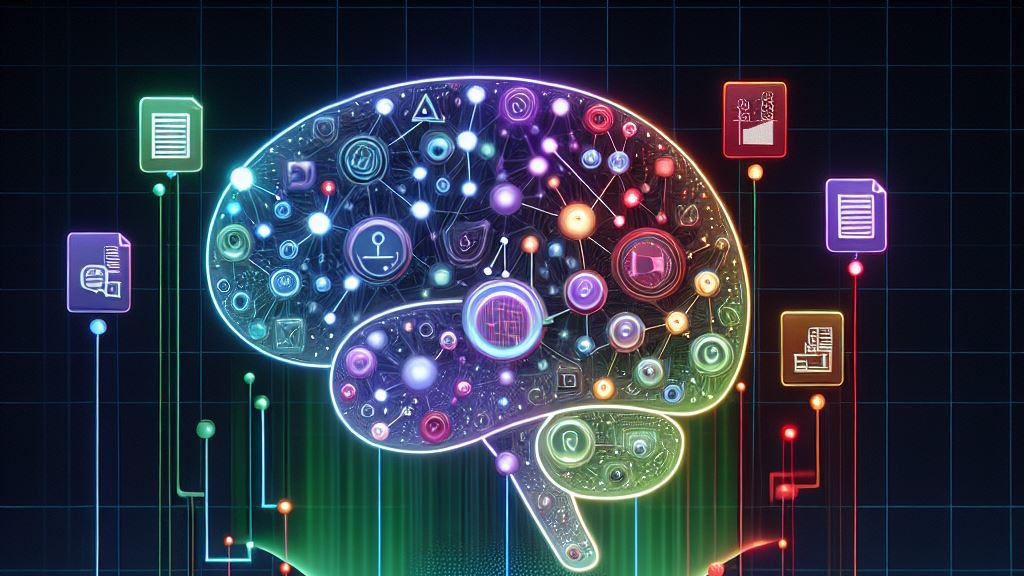
Understanding Retrieval-Augmented Generation (RAG) for Large Language Models (LLMs)
In the rapidly evolving field of artificial intelligence, one of the most promising advancements is Retrieval-Augmented Generation (RAG). This approach enhances the capabilities of large language models (LLMs) by integrating information retrieval techniques, allowing these models to access external knowledge stored in databases, documents, and other repositories. This blog post aims to provide a detailed yet accessible explanation of how RAG works, how embedding models generate vectors, and the popular embedding models best suited for various applications, particularly for state and local government organizations.
What is Retrieval-Augmented Generation (RAG)?
RAG is a method that combines the generative power of LLMs with the precision of information retrieval systems. Traditional LLMs, like GPT-4, are trained on vast datasets and can generate coherent and contextually relevant text. However, they are limited by the static nature of their training data, which can become outdated or lack specificity for certain tasks. RAG addresses this limitation by allowing LLMs to query external knowledge bases in real-time, thus providing more accurate and up-to-date responses.
How Does RAG Work?
The RAG process involves two main components: the retriever and the generator. The retriever is responsible for searching and retrieving relevant documents or data from an external knowledge base. This is typically done using vector embeddings, which are numerical representations of the data. Once the relevant information is retrieved, it is passed to the generator, which uses this information to produce a final response. This combination allows the LLM to generate text that is not only contextually relevant but also grounded in specific, authoritative knowledge.
Embedding Models and Vector Generation
At the heart of RAG lies the concept of vector embeddings. Embedding models transform data points, such as words, sentences, or images, into vectors—arrays of numbers that capture the semantic meaning of the data. These vectors are generated using advanced machine learning techniques that learn patterns and relationships within the data. For instance, in natural language processing (NLP), embedding models like ADA, BERT, and Sentence-BERT are used to create dense vector representations of words and sentences.
How Embedding Models Generate Vectors
Embedding models generate vectors through a process called training, where the model learns to map data points to a high-dimensional space. During training, the model adjusts its parameters to minimize the difference between the predicted and actual outputs. For example, ADA, a model developed by OpenAI, uses a neural network to predict the context of a word given its surrounding words. The resulting vectors capture the semantic relationships between words, such as similarity and analogy. These vectors can then be used for various tasks, including information retrieval, where similar vectors indicate semantically related data points.
How Embeddings Enable Semantic Search
Embeddings play a crucial role in enabling semantic search, which goes beyond simple keyword matching to understand the meaning behind queries. In traditional keyword matching, the search engine looks for exact matches of the query terms within the documents. This approach can miss relevant documents that use different wording or synonyms. Semantic search, powered by embeddings, overcomes this limitation by comparing the vector representations of the query and the documents. Since these vectors capture the semantic meaning, the search engine can identify relevant documents even if they do not contain the exact query terms.
Applications of RAG and Embedding Models in State and Local Government
RAG and embedding models have a wide range of applications across various domains, including state and local government. For instance, in public safety, RAG can enhance emergency response systems by providing real-time, contextually relevant information from various databases, such as crime reports, weather conditions, and traffic updates. This can help first responders make informed decisions quickly.
In public health, embedding models can assist in retrieving relevant medical literature and patient records, aiding in disease surveillance and outbreak management. By integrating real-time data from multiple sources, public health officials can better track and respond to health crises.
In public administration, semantic search powered by embedding models can improve citizen services by enabling more accurate and efficient information retrieval from government databases. This can enhance the user experience for citizens seeking information on services, regulations, and policies.
Conclusion
Retrieval-Augmented Generation (RAG) represents a significant advancement in the field of AI, combining the strengths of LLMs and information retrieval systems to provide more accurate and contextually relevant responses. Understanding how embedding models generate vectors and their applications in state and local government can help these organizations leverage the full potential of RAG. Whether it’s enhancing public safety, improving public health responses, or streamlining public administration, RAG and embedding models offer powerful tools to enhance the capabilities of government services.
By integrating these technologies, state and local governments can create AI solutions that are not only intelligent but also highly relevant and useful in real-world scenarios. As the field continues to evolve, staying informed about the latest advancements and best practices will be key to harnessing the full potential of RAG and embedding models.
